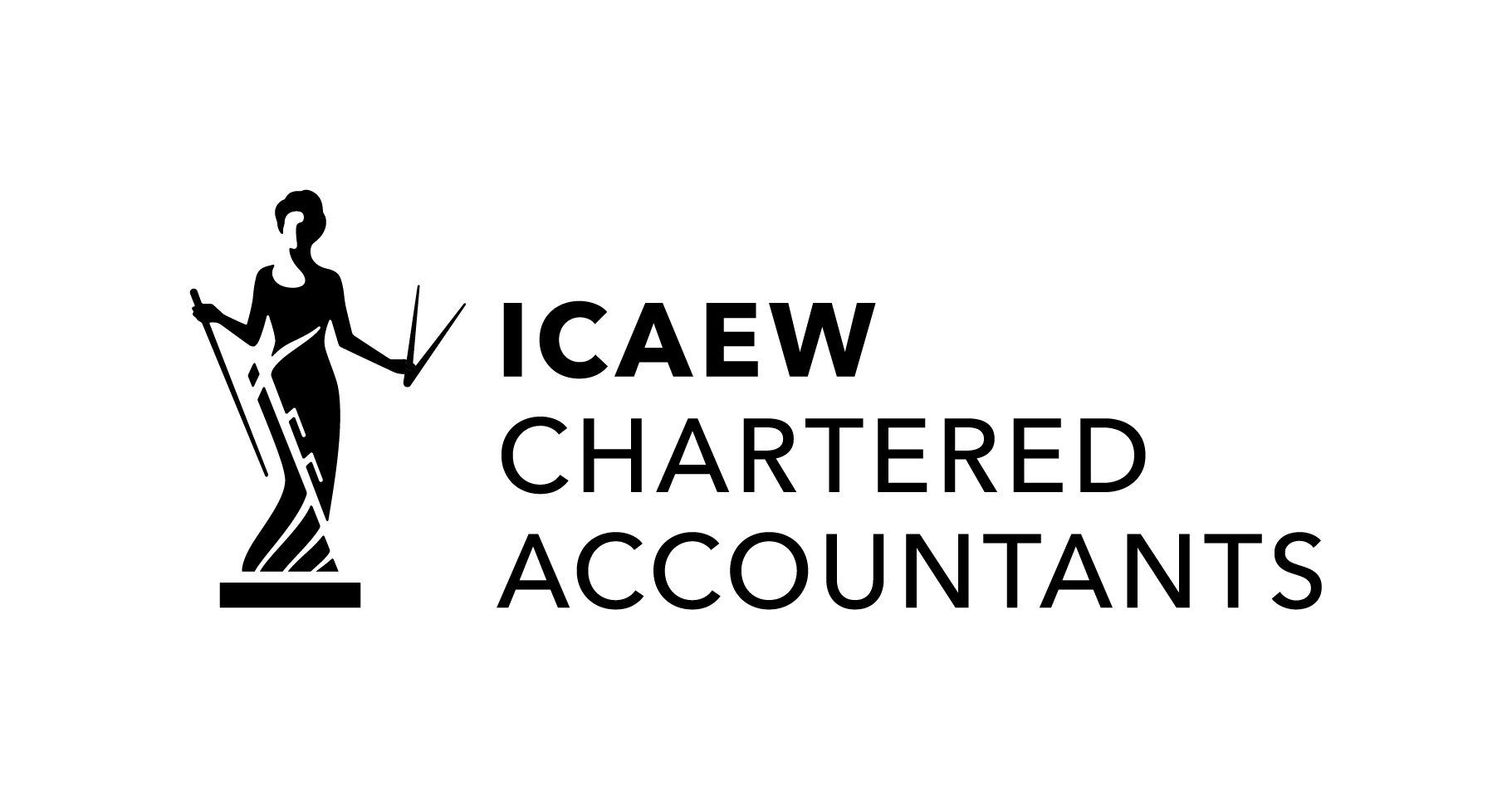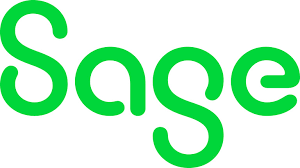Blog
Managing Exchange Rate Risks for Business Growth
A Simple Guide to Exchange Rate Risk
The world is more connected than ever before. We order clothes from across the globe, vacation in exotic locations, and invest in companies on foreign stock exchanges. This interconnectedness brings fantastic opportunities, but it also introduces new challenges, one of which is exchange rate risk.
Imagine you're planning a trip to Thailand. You head to the currency exchange and swap your pounds for Thai baht. That exchange rate determines how many baht you get for your pound. But what if, by the time you reach Thailand, the exchange rate has changed? Maybe you could have gotten more baht for your pound if you'd waited. That's the essence of exchange rate risk: the potential loss or gain that arises from fluctuations in the value of one currency relative to another.
This risk isn't just for tourists. Businesses that import and export goods, investors with overseas holdings, and even companies with international branches all face exchange rate risk.
Let's delve deeper into the three main types of exchange rate risk and how they can impact your finances:
- Transaction Risk: This is the most straightforward type of risk. It occurs when the exchange rate changes between the time a transaction is agreed upon and the time it's settled. Imagine a company agrees to buy supplies from a Chinese manufacturer for $10,000 USD in a month. If the Chinese yuan weakens against the US dollar during that month, the company will have to pay more dollars to cover the same amount in yuan.
- Translation Risk: This risk applies to companies with assets and liabilities (debts) denominated in foreign currencies. Let's say a UK company has a factory in Germany. If the euro weakens against the GBP, the value of the factory, measured in pounds, will decrease on paper, even if the factory itself is running smoothly. This is because the euro you used to value the factory is now worth fewer pounds.
- Economic Risk: This is the broader impact of exchange rate fluctuations on a company's overall operations. If a company exports goods to a country with a weakening currency, their products become more expensive for foreign buyers. This can lead to a decrease in sales and profits. Conversely, a strengthening domestic currency can make a company's exports cheaper abroad, potentially boosting sales.
The foreign exchange market, where currencies are traded, is a complex beast influenced by a multitude of factors.
Here are some of the key players that can cause exchange rates to fluctuate:
- Interest Rates: Countries with higher interest rates tend to attract more foreign investment, which can strengthen their currency.
- Inflation: If inflation (the rise in prices) is higher in one country compared to another, its currency tends to weaken as its purchasing power diminishes.
- Economic Growth: A strong and growing economy typically leads to a stronger currency, as investors become more confident in that country's future.
- Political Events: Political instability or uncertainty can weaken a country's currency as investors become wary of putting their money there.
So, how can you navigate this ever-changing currency landscape and mitigate exchange rate risk?
Here are some key strategies:
- Hedging: This involves entering into financial contracts that lock in an exchange rate today for a future transaction. Imagine you're a company about to import goods from Japan in three months. You can use a forward contract to guarantee the exchange rate at which you'll buy yen in three months, protecting yourself from any unfavourable fluctuations.
- Diversification: Don't put all your eggs in one basket! By spreading your investments or business operations across different currencies, you reduce your exposure to any single currency's fluctuations.
- Natural Hedges: Sometimes, a company's business activities can provide a natural hedge. For example, a company that both exports and imports goods from the same country might benefit from opposing currency movements. If the foreign currency weakens, their exports become cheaper, potentially offsetting the increased cost of imports.
- Monitoring and Forecasting: Staying informed about economic trends and political events that could impact exchange rates can help you anticipate potential risks and adjust your strategies accordingly. There are many resources available online and from financial institutions to help you stay informed.
Understanding and managing exchange rate risk is crucial for businesses and investors operating in a globalised world. By familiarising yourself with the different types of risk, the factors that influence exchange rates, and the available mitigation strategies, you can navigate the currency landscape with more confidence and protect your financial bottom line.
Wood and Disney have built relationships with trusted FX advisors, so if you would like to lower the risks and costs relating to your FX activities please contact us.


















